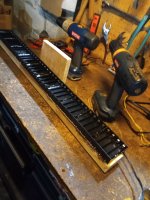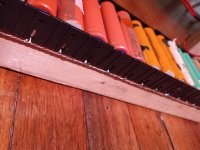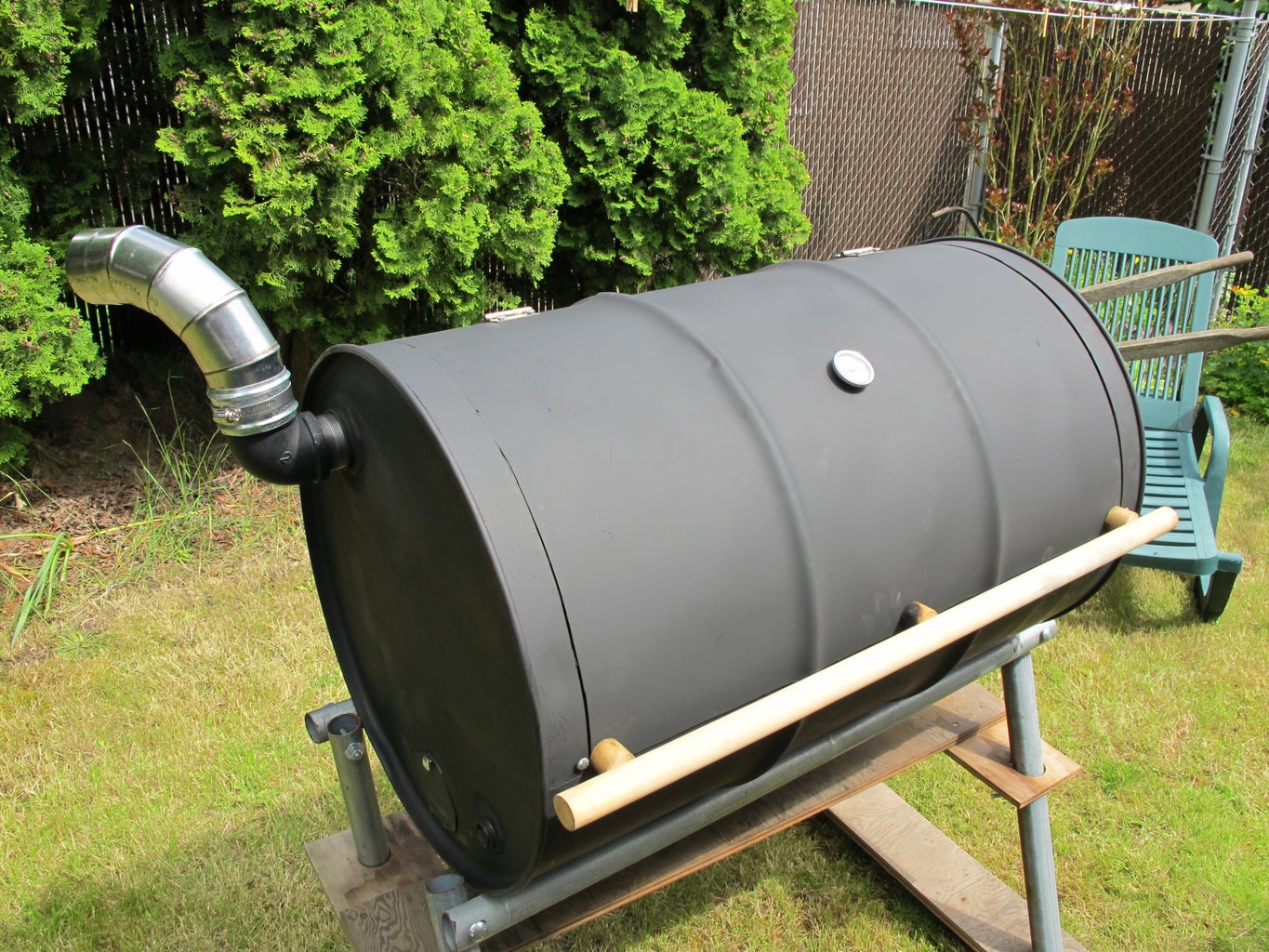Cyclomania
10 kW
I don't think I have any bad cells laying aroundPractice practice practice... Get some dead cells & try building a smaller pack with them first.
Your bound to make mistakes no matter how much good/bad advise your given... So get yourself some practical experience 1st & build up your confidence.
What more could I train on? Besides that. The plan is to try to build my battery this coming weekend.
I have glasses and I am going to do it close to the outer door. In that room the walls are mostly stone and floor is bricks. So if it starts to burn it won't catch fire so easily. I plan on duct taping some plastic on the door and walls so if a fire would become big it won't have time to come so much darkness/blackness on the walls there.
I also have a bucket that I have described. Made in metal. I plan on having that close by to be able to throw the pack down there if it goes off. Then throw wet sand on top of it. Then open the door and lift it outside. I have no idea where the most critical part of the build will arise, but there is definitely some fear involved after all the things I have read
Last edited by a moderator:







